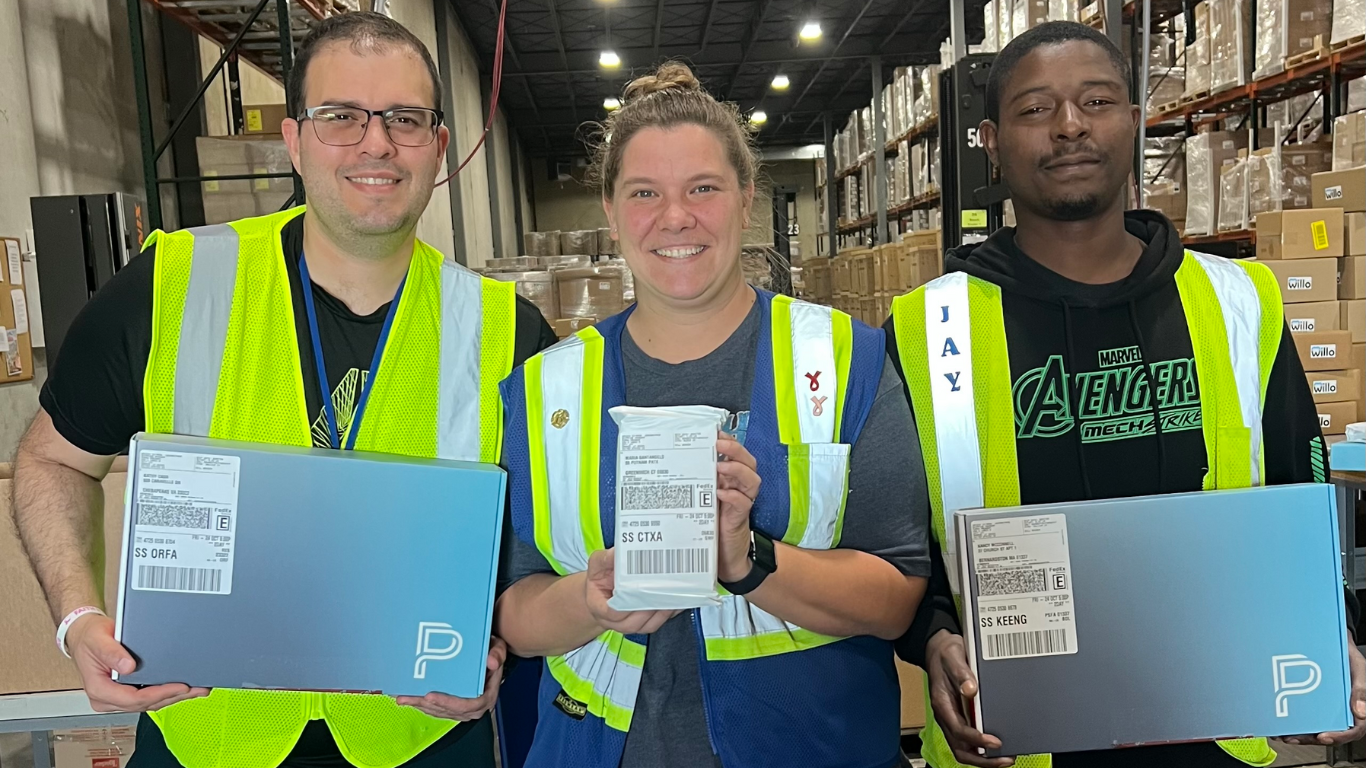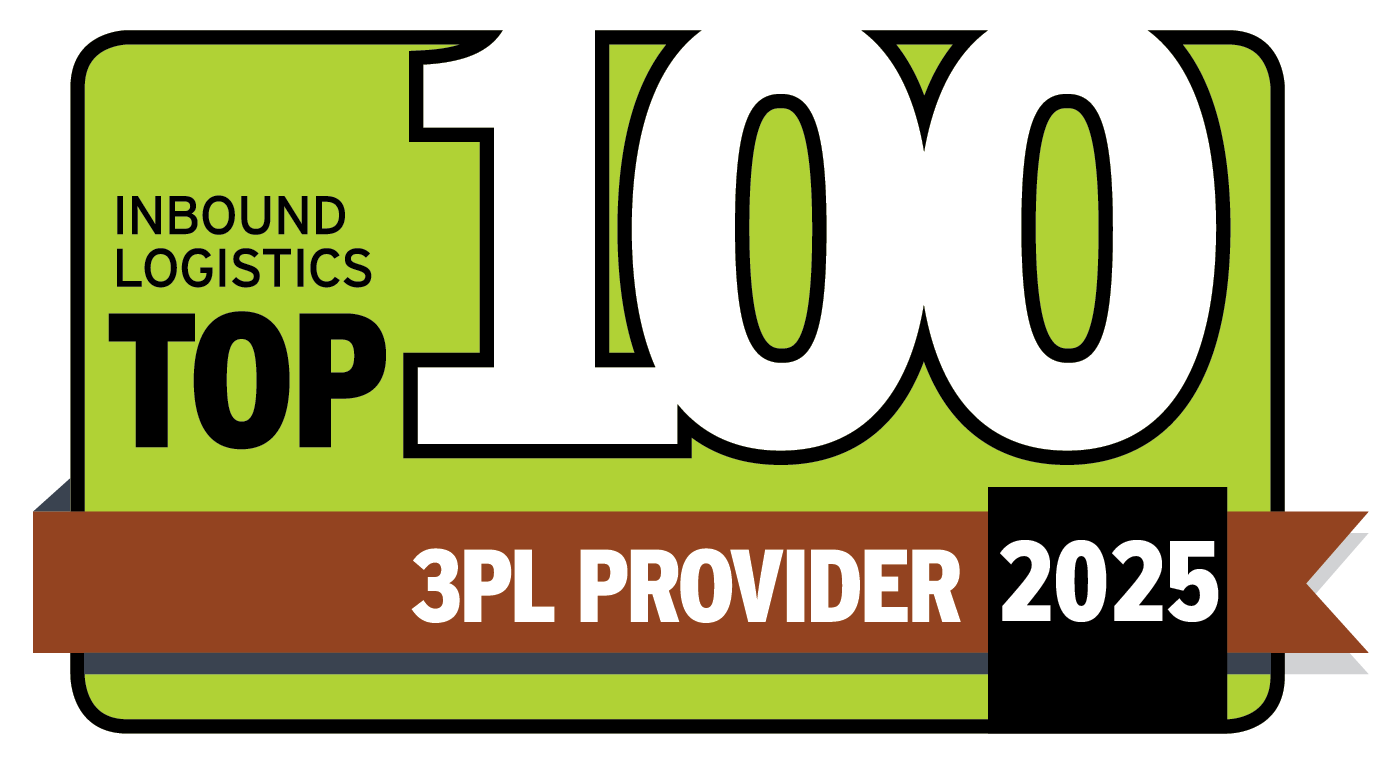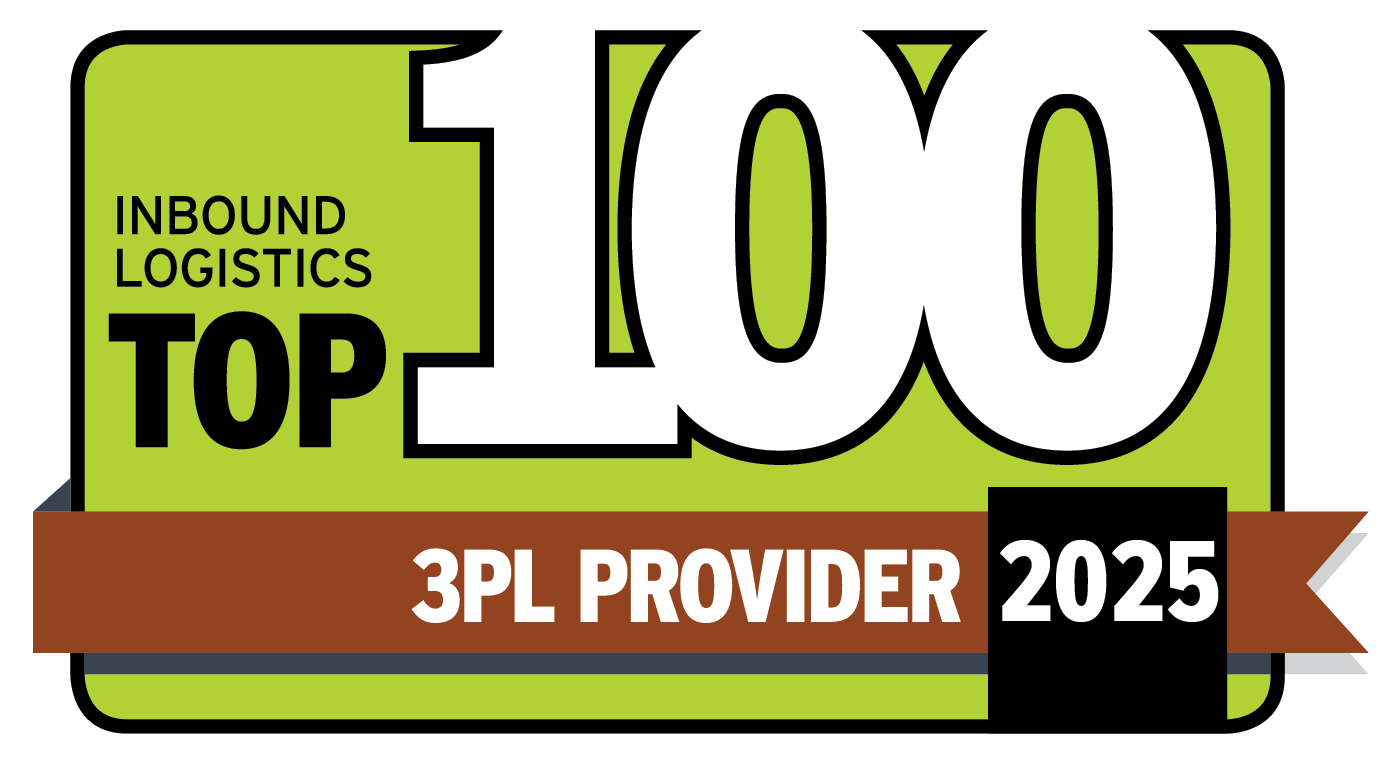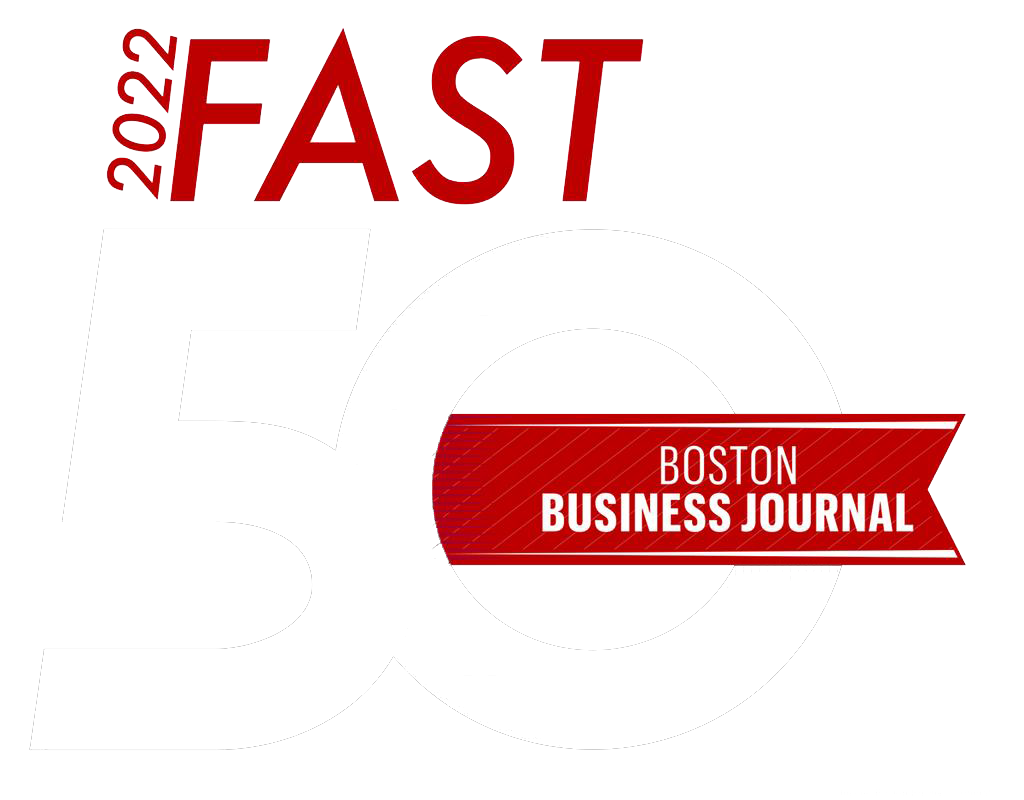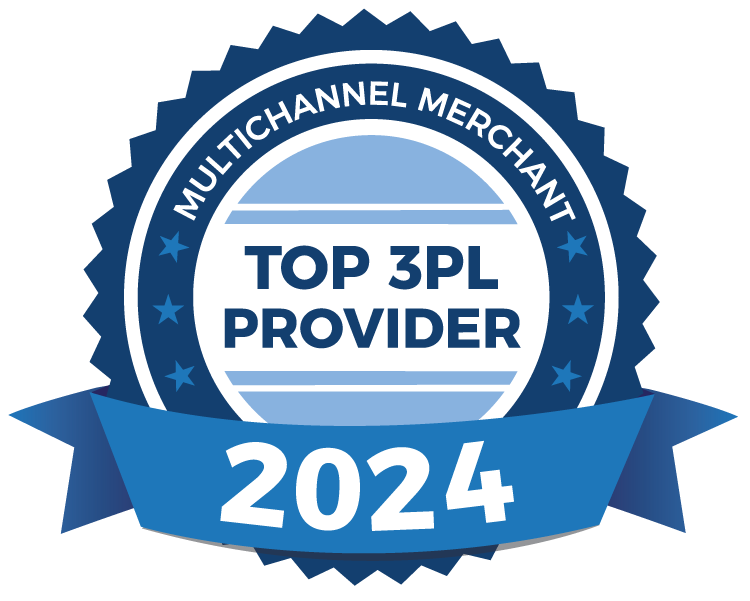One Call Resolution: The Key to 3PL Customer Satisfaction
A Simple Concept That Requires Hard Work to
Execute in 3PL Operations

While the 3PL world is built on operational speed and efficiency, running a great 3PL requires more than operational excellence. We need to deliver the goods on the relationship front as well.
At 91¶¶Òõ Distribution, a core tenet of our client focus is a concept we call “One Call Resolution.” This simply means that when one of our customers contacts us, we aim to own the issue from beginning to resolution.
Over the last three years, we have trained hundreds of employees on this concept, often enhancing our training to sharpen our focus.
Here are a few of the best practices we have learned along the way:
- For One-Call Resolution to work, you need to go company-wide. Since not all issues can be resolved by a client-facing employee, One-Call Resolution only works if the whole company is bought in. Aim to train all roles that could be touched by a client request.
- Manage a to-do list effectively. This may seem obvious, but like anything, you can always do it better. We are agnostic as to whether a team member uses electronic or paper tools, but a to-do list is a must in our business, whether working as a leader on the floor or in a corporate role.
- Commit to a date and provide updates along the way. Only some requests can be resolved via one email exchange or call, so we ask our teams to commit to dates with clients so we can ensure alignment and progress. We hope to bat a thousand, but if we ever miss a deadline due to an unforeseen circumstance, we must provide advanced notice of that possibility. We never want a client to learn of a delay on the due date.
- Look forward in your calendar. High performers look forward a week or two to ensure they are prepared for upcoming meetings and commitments. When an employee expects to be out of the office, we know the business will keep going…so it is on that employee to align with others to ensure we continue to meet our customers' asks.
- Use Outlook reminders. This simple trick goes a long way: Plant reminders in your Outlook calendar so you remember to hit key milestones and follow up with customers “on time and in full.”
- Aim to be an email rockstar. Many missed deadlines and unfulfilled requests stem from miscommunications. As such, we teach some basic email best practices:
- Limit the “to” field to your primary recipients and be clear about whether the email is an update or if a specific response or action is requested
- Use “cc” for people who need to be aware but are not required to reply
- Be clear about your purpose in the Subject field (e.g., “ACTION REQUESTED BY 5.21.24)
- Avoid “see below” when forwarding emails – take the time to explain the context
- Be concise and use bullet points where possible. Business emails should be clear and easy for the reader to understand.
- When you need help, do the heavy lifting. Many requests require cross-functional collaboration or even input from the customer. Aim to do the heavy lifting by doing as much of the work product as possible (e.g., create or fill out most of the document or form). That way, the missing piece you need from your busy colleague or customer is just that: one piece they can do quickly. In short, if you need someone to close a task, make it as easy as possible for them.
- Get creative when you are stuck. “I have emailed them three times” is a frustrating statement. When you are stuck, try changing your messaging in a meaningful way...and if you are communicating over email, pick up the phone—experiment with creating urgency and connecting with those you need to close the task.
- Remind customers about their own goals and priorities. Occasionally, a customer will mention their goal for the relationship (e.g., develop a new report by Q3), but they will forget about the goal as things get busy. Instead of being glad you dodged the extra work, circle back and remind the customer about their stated goal. This is a great way to show the customer you are focused on their goals.
- Above all, assume positive intent. We all want to do a great job for our customers, but sometimes, things get stuck or go wrong. Do not assume your colleague, business partner, or customer does not care about the project or task—come to the table assuming they care and find a way to close the open item collaboratively.
This year, we will train more than 200 people (some new, some as refreshers) on One Call Resolution. We aim to add to our list of best practices through examples and shared experiences. Until then, I hope the above ideas elevate your customer relationships.
Recent Blog Posts

